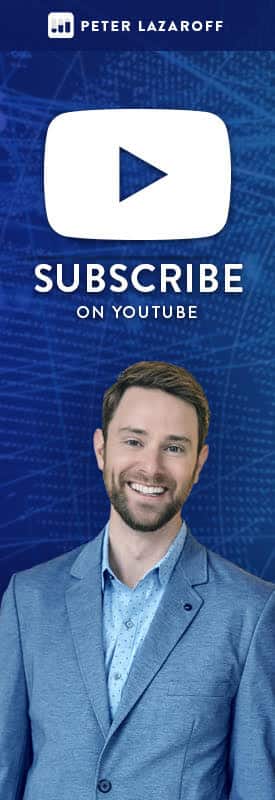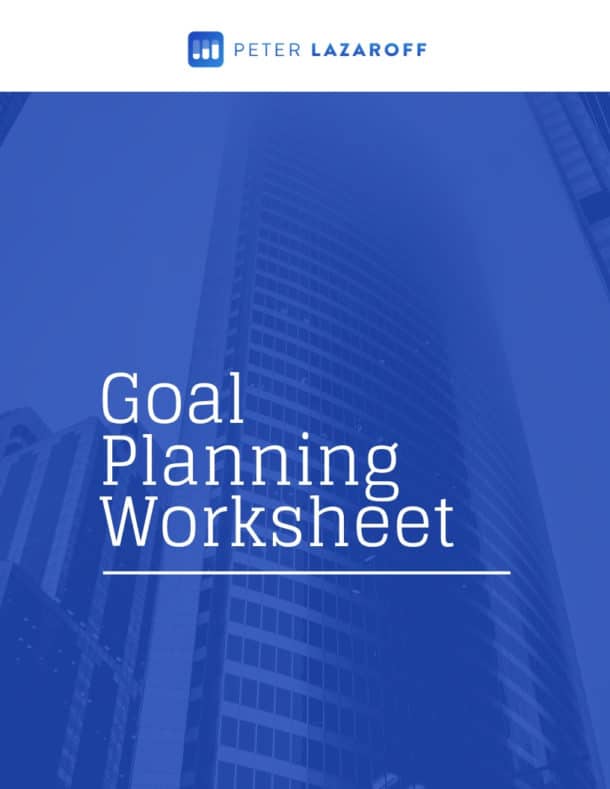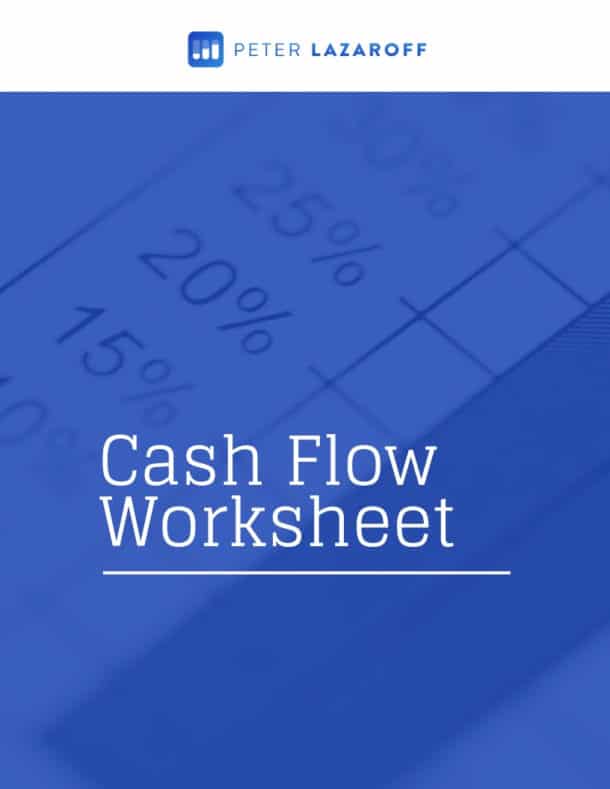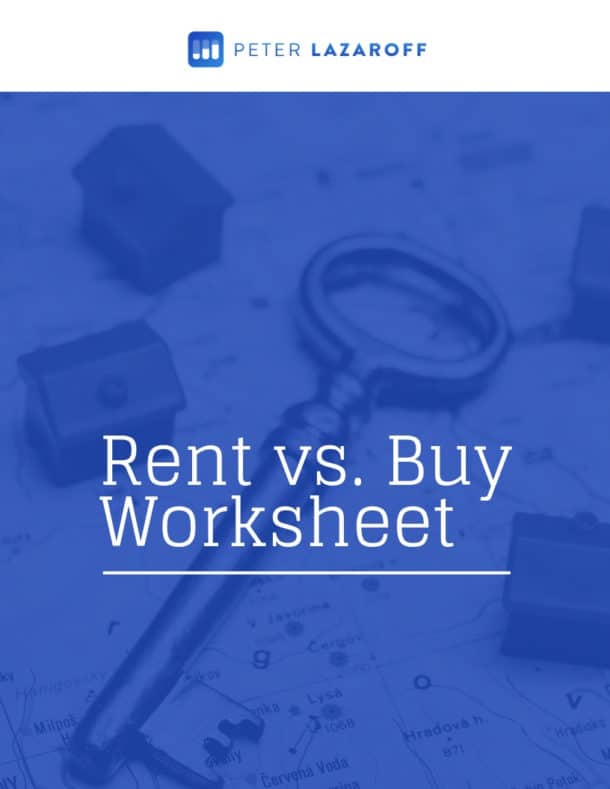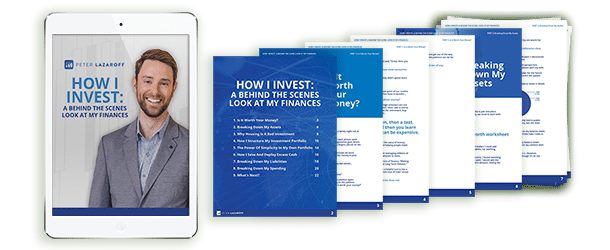Listen Now
When should you use a Roth 401(k) instead of a Traditional 401(k)?
This decision impacts not only how you save but also how your money grows and is taxed over time. Given the ever-changing landscape of tax laws and financial strategies, understanding which option best aligns with your financial goals is more crucial than ever.
Sign up for my newsletter so you can easily reply to my emails with your thoughts or questions for the podcast:
Understanding 401(k) Options: The Tax Implications of Roth and Traditional Accounts
Let’s start with the fundamentals of these two types of 401(k) plans. Both Roth and Traditional 401(k) accounts allow your investments to grow tax-free, which is a fantastic benefit, but the way they handle taxes on your contributions and withdrawals is quite different.
First up, the Traditional 401(k). This plan allows you to make contributions before any taxes are taken out of your paycheck—hence the term “pre-tax.” It reduces your taxable income now, meaning you pay less in taxes today. For example, if your income is in a bracket taxed at 35% and you contribute $10,000 to a Traditional 401(k), you’re taxable income is reduced by $10,000—every dollar you contribute to a Traditional 401(k) reduces your current tax bill. However, when you retire and start withdrawing money, those withdrawals are taxed as ordinary income. This includes both the money you initially contributed and any gains those contributions have earned.
On the flip side, we have the Roth 401(k). Here, you contribute after-tax dollars. Continuing with our earlier example, if you’re in the 35% tax bracket and you want to contribute $10,000 to your Roth 401(k), you need to earn about $15,385 to have $10,000 left after taxes. The benefit? Once that money is in your Roth account, it grows tax-free, and you don’t owe any taxes on it when you make withdrawals in retirement. That means both your initial investment and the gains it has earned are yours to keep, tax-free.
So which is better?
Key Tax Considerations for Choosing Between Roth and Traditional 401(k)s
When it comes to deciding between a Roth and a Traditional 401(k), there are a couple of critical factors to consider.
The first is the tax implications. If you expect to be in a higher tax bracket when you retire, paying taxes now with a Roth might save you money down the line. Conversely, if you anticipate being in a lower tax bracket in retirement, deferring those taxes with a Traditional 401(k) could be the way to go. But this isn’t just about predicting future tax rates—which is always a challenge—but also about understanding how your income and deductions might change over time.
Another essential factor is the power of tax-free growth. With Roth accounts, since you’ve already paid taxes on your contributions, both the contributions and the gains they generate are entirely free from taxes when you withdraw them in retirement. This can be a significant advantage if you expect your investments to grow substantially over the years. The Roth 401(k) provides a sort of tax insurance; no matter how high tax rates might climb by the time you retire, those withdrawals won’t be touched.
Career Stage Financial Strategy: When to Choose a Roth vs. Traditional 401(k)
Your career stage also plays a pivotal role in choosing the right type of 401(k) contribution.
For young professionals in their 20s and early 30s, the Roth 401(k) is often the more appealing choice. Why? Because you likely have decades ahead for your investments to grow, the tax-free withdrawals on potentially higher future balances can be hugely beneficial. Plus, younger workers are often in a lower tax bracket now than they will be later in their career or at retirement.
As you move into your late 30s and 40s, the decision becomes a bit more nuanced. This is the time when many individuals approach their peak earning years and move into higher tax brackets. Here, the immediate tax deduction offered by a Traditional 401(k) can be particularly valuable. Reducing your taxable income at this stage could save you significant money on taxes each year. But where things get less clear is whether the amount of time your savings have to compound will offset the current tax benefit versus a future tax benefit.
Then, as you approach retirement in your 50s and 60s, your accumulated wealth and impending retirement plans become key factors. If you’ve been primarily investing in Roth accounts, you might enjoy considerable tax-free income in retirement. However, this might also put you in a lower tax bracket than expected, which could shift the advantage back towards having some traditional tax-deferred savings.
At all career stages, there can be a case for considering a mix of Roth and Traditional contributions, a strategy known as tax diversification to help manage future tax liabilities. The idea is that by maintaining both types of accounts, you provide yourself with more flexibility to manage withdrawals and taxes based on the tax rules and your financial situation when you retire.
Tax Diversification vs. Tax Timing Roth and Traditional 401(k) Contributions
While ‘tax diversification’ sounds appealing, it’s not diversification in the traditional sense. Instead of reducing risk by spreading it across uncorrelated investments, tax diversification links outcomes: what benefits a Roth hurts a Traditional account when tax rates rise, and vice versa.
It’s a bit like taking all the potential for market movement off the table, akin to holding cash. With this in mind, instead of a fixed diversification strategy, consider ‘tax timing’—adapting your contributions to your tax bracket over time for potentially better outcomes.
Contrary to trying to ‘time’ the market, ‘timing’ our tax situation can be far more predictable and beneficial. Our tax brackets change due to life events and career progression, offering opportunities to optimize our contributions.
Consider allocating more to Roth accounts in low-income years or after retirement and favoring Traditional accounts when in higher tax brackets. This approach doesn’t guarantee success but can lead to a significantly greater accumulation of wealth over time.
Making the Right 401(k) Choice for Your Financial Future
To summarize, whether you opt for a Roth or a Traditional 401(k) depends on multiple factors: your current and expected future tax rates, your career stage, and your retirement goals. Both account types offer significant advantages, but the best choice for you will hinge on your specific financial situation and how you anticipate it will evolve.
Knowing when to contribute to each type of account can be a delicate balance, but it’s not the account type alone that will secure your financial future. Remember, A good savings rate can offset a lifetime of poor financial decisions.
What this means in the context of Roth vs. Traditional 401(k) is that making consistent contributions is often more important than the fine details of tax optimization. Yes, choosing the right account type matters, but the act of saving diligently, no matter the account, is what truly builds wealth over time.
For those just starting or looking to refine their savings strategy, here are a few practical tips:
- Start early and contribute regularly. The compounding of gains over time is a powerful ally.
- Adjust as you go. As your income and tax situation change, so too should your retirement savings strategy.
- Consult with a professional. Given the complexities of predicting future financial landscapes, working with a financial advisor can provide personalized advice tailored to your unique situation.
Resources:
- How Tax Projections Help You Make Better Financial Decisions
- The Most Potent Combination For Wealth Creation
- Where to Save for Retirement: 6 Important Accounts
- The Long Term Investor EP 24: Do it Yourself or Hire an Advisor?
The Long Term Investor audio is edited by the team at The Podcast Consultant
Submit Your Question For the Podcast
Do you have a financial or investing question you want answered? Submit your question through the “Ask Me Anything” form at the bottom of my podcast page.
Support the Show
Thank you for being a listener to The Long Term Investor Podcast. If you’d like to help spread the word and help other listeners find the show, please click here to leave a review.
I read every single one and appreciate you taking the time to let me know what you think.
Free Financial Assessment
Do you want to make smart decisions with your money? Discover your biggest opportunities in just a few questions with my Financial Wellness Assessment.







